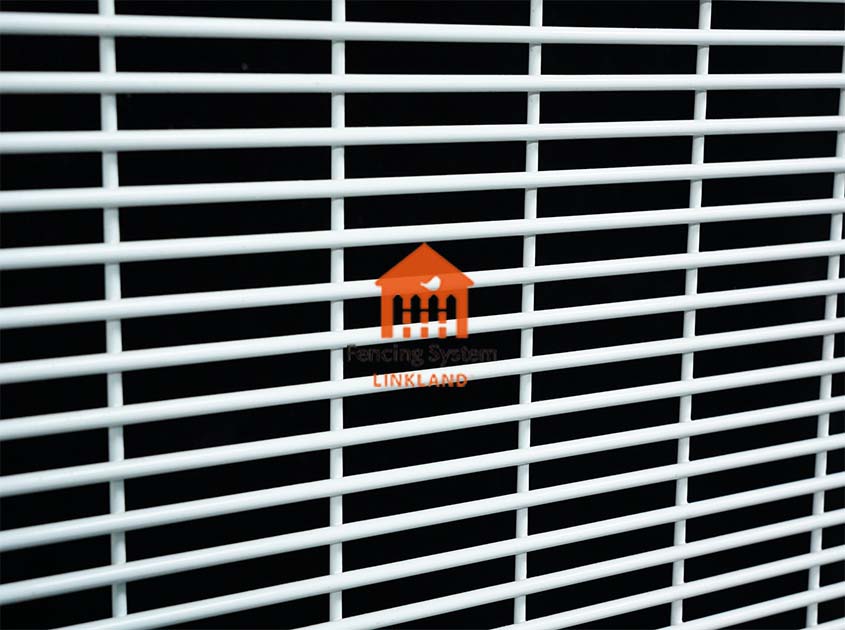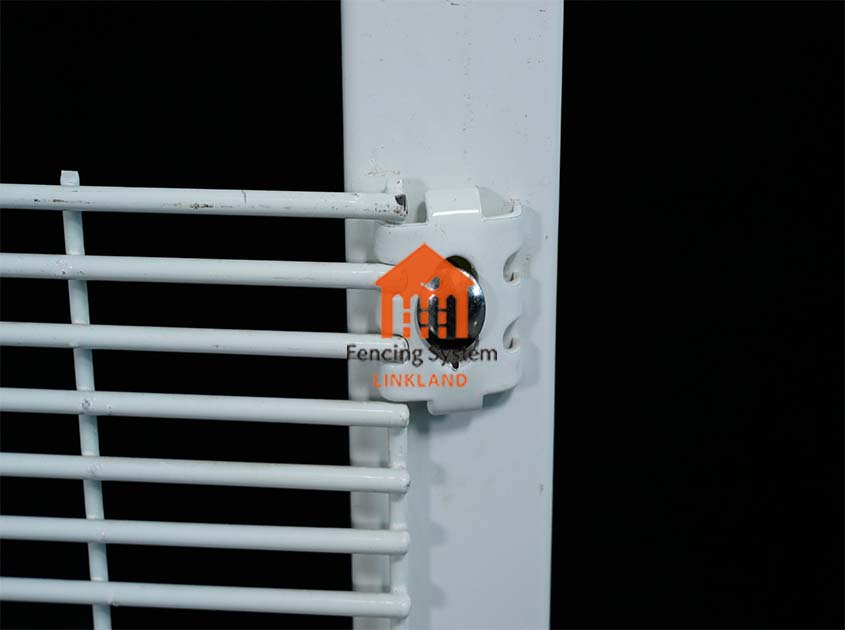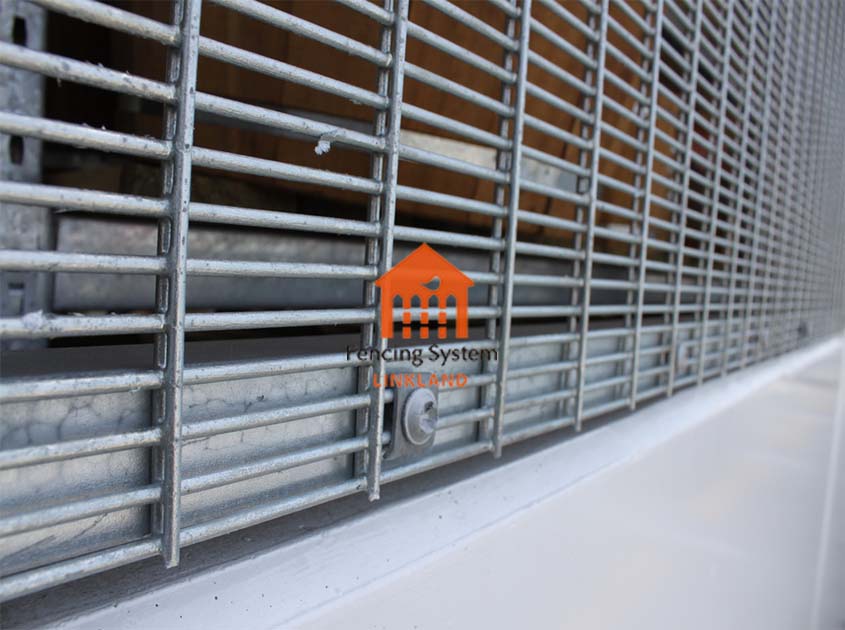- Home
- About Us
- Products
- Service
- Project
- News
- Contact Us
Pulished on Jul. 28, 2023
Anti-climbing railing is a high security fencing system widely used in places like military bases, prisons, airports, borders and large public buildings. Proper installation can ensure the safety and service life of the anti-climbing railing. Here's how to properly install anti-climb railings, and four areas of what to look out for:

Determine the installation location and length of the Anti-climbing fence. Before installing the fence, you need to determine the installation location and length of the fence. The installation location usually needs to take into account factors such as the safety, use effect and aesthetics of the fence. The installation length needs to be determined according to actual needs to ensure the integrity and continuity of the fence system.

Install 358 security fence brackets and connectors. The anti-climbing railing is usually composed of multiple grids, and the grids are connected by connectors. Before installing the fence, it is necessary to install the brackets and connectors of the fence. Brackets usually need to be fixed to the ground or wall to provide support and stability for the fence. Connectors usually need to be fixed by means of screws, nuts, etc., so as to ensure that the connection between the grids is tight and firm.

Install Anti-climbing fence gates and locks. Anti-climbing railings usually require doors and locks to facilitate the entry and exit of people and vehicles. Before installing the fence, you need to determine the location of the gate and the size of the gate. The size of the door needs to be determined according to actual needs, so that people and vehicles can enter and exit. Door locks usually require special lock cylinders and keys to improve door security and anti-theft performance.
Conduct tests and inspections of the fencing system. After the fence is installed, testing and inspection of the fence system is required to ensure the safety and effectiveness of the fence system. Testing often involves simulating conditions such as climbing, impacting and cutting to test the compressive and tensile strength of the fencing system. Inspections usually involve inspection of the coating, connectors, brackets and locks on the surface of the fence to ensure the integrity and continuity of the fence system.
What Are the Common Applications of Wire Mesh Fence in Construction?
Pulished on Dec. 15, 2025
Reasons Behind the Growing Demand for Security Fencing in the Middle East
Pulished on Nov. 28, 2025
Characteristics of Fence Demand in South American Construction Projects
Pulished on Nov. 28, 2025
How Middle East Distributors Can Quickly Evaluate the Quality of Wire Mesh Suppliers
Pulished on Nov. 24, 2025
What Type of Metal Fencing Is Best for Construction in the Middle East?
Pulished on Nov. 18, 2025
358 High-Security Fencing – Maximum Protection for Sensitive Sites
Pulished on Oct. 27, 2025
Welded Wire Mesh Fencing – Durable and Efficient Solutions for Global B2B Buyers
Pulished on Oct. 27, 2025
Cattle Fencing – Strong, Reliable, and Cost-Effective Solutions for Livestock Management
Pulished on Oct. 22, 2025
What Are the Common Applications of Wire Mesh Fence in Construction?
Pulished on Dec. 15, 2025
Reasons Behind the Growing Demand for Security Fencing in the Middle East
Pulished on Nov. 28, 2025
Characteristics of Fence Demand in South American Construction Projects
Pulished on Nov. 28, 2025
How Middle East Distributors Can Quickly Evaluate the Quality of Wire Mesh Suppliers
Pulished on Nov. 24, 2025
What Type of Metal Fencing Is Best for Construction in the Middle East?
Pulished on Nov. 18, 2025
358 High-Security Fencing – Maximum Protection for Sensitive Sites
Pulished on Oct. 27, 2025
Welded Wire Mesh Fencing – Durable and Efficient Solutions for Global B2B Buyers
Pulished on Oct. 27, 2025
Cattle Fencing – Strong, Reliable, and Cost-Effective Solutions for Livestock Management
Pulished on Oct. 22, 2025






 EN
EN SP
SP FR
FR
